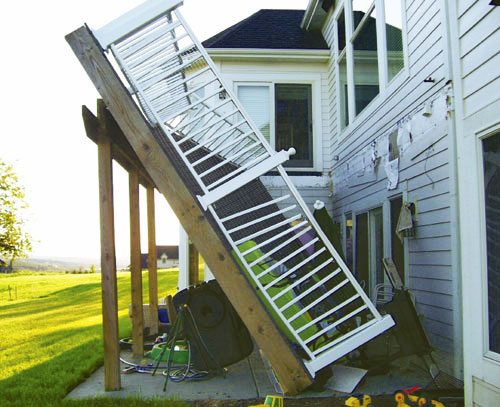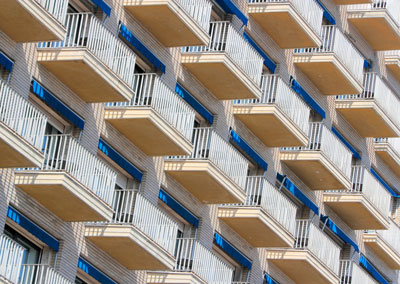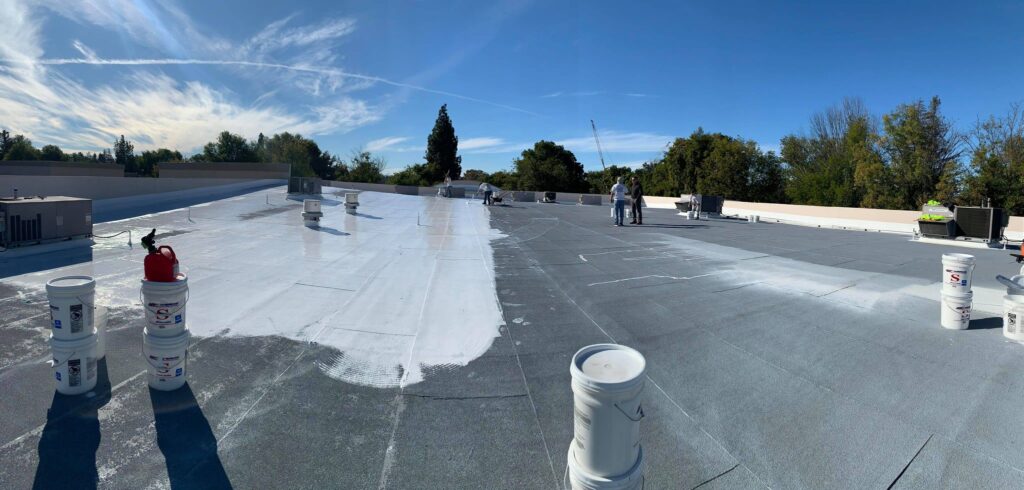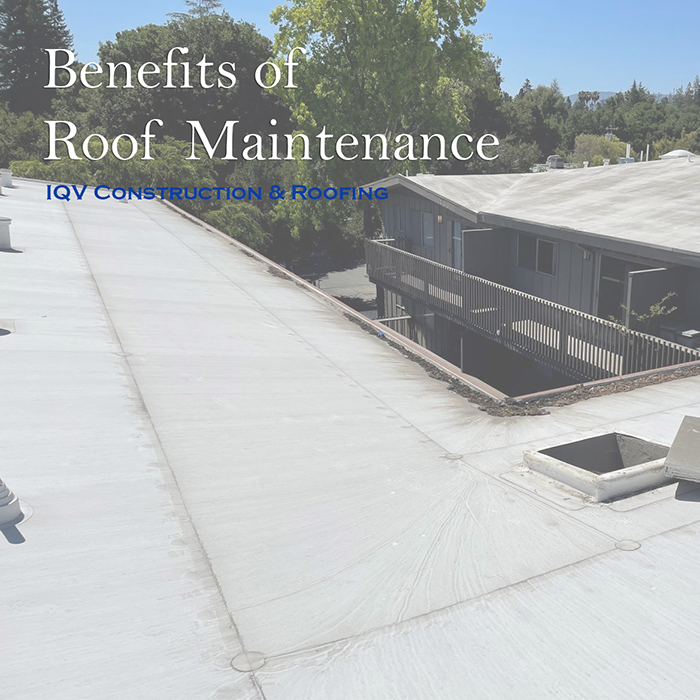Deck Inspection Liabilities

Balconies and decks are highly sought-after features in multi-family properties across the Bay Area where private outdoor space is at a premium and residents desire a spot to take in the gorgeous views and enjoy the beautiful weather. For property owners who neglect annual inspections and ongoing maintenance of their decks and railings, however, they can rapidly devolve from selling point to liability.
Deck collapses and failed railings have, in fact, caused injuries and the tragic loss of life in recent years. The only way to eliminate the possibility of tragedy on your property is the routine inspection of all exterior attachments, such as decks, balconies, porches and stairs, as well as their railings, by a licensed multi-family general contractor. Municipal building departments typically require that all exterior structures be inspected, not only by a licensed general contractor, but by a licensed structural pest control operator and an architect or engineer at least once every five years, and some have moved to an annual requirement. Studies show that the largest number of injuries related to exterior structures on multifamily properties come from one of two sources: the deck ledger connection and the railing.
Deck Ledger Connections
qualified inspector will examine how, exactly, the deck connects to the structure. One major red flag is a nailed connection. Simply put, nails are not as secure as bolts. They will pull out over time as the strain of weight on the deck, as well as expansion and contraction, take their toll. The data bears this out. The majority of decks that have collapsed have been secured by nails instead of bolts, according to a 5-year study by the U.S. Forest Products Laboratory.
The screwed-in connection of a lag bolt offers up to nine times the resistance of a nail for every inch of penetration. The additional strength is gained by increased wedging action between the screws and the wood fibers. A “thru” bolt, which inserts through a hole drilled in the wood and into a nut on the other side, increases pull out resistance even more by relying on a metal-to-metal connection rather than metal-to-wood.
Other than pure strength, screws offer other advantages over nails. The contraction and expansion of wood have a lesser effect on screws than it does on nails. Although screws can be prone to loosening over time, they will show early warning signs, such as an increased gap between the ledger and the building. Nails show no such signs before becoming compromised. This reinforces the importance of annual inspections. If your deck ledger attaches with screws, a qualified, licensed multi-family contractor will immediately recognize these signs and be able to make the necessary repairs.
Railings

Because they are the most visible portion of a balcony or deck and can be made from a variety of materials and in a variety of styles, many builders look at railings as a chance to enhance the appearance of their property. More importantly, however, the specifications of a railing must adhere to local building code. In most instances, a balcony that is 18 or more inches high must have a railing, and the openings in the railing must be less than four inches wide. Railing heights are also regulated at a minimum of 42 inches in most commercial applications.
Equally as important, how the railings are attached and the load they can carry must be addressed. International Residential Code (IRC) states that a deck railing must resist 200 pounds of pressure applied to the top rail in any direction. One common misstep that can lead to failing this requirement is vertical rail members that are not attached to the deck framing. Inspectors have also reported seeing structural deck posts notched out to accommodate a vertical member. Whether this was done during the initial construction or during a multi-family renovation project, the result is that a weak spot in the post has been created by the notch. Any qualified inspector or multi-family general contractor will advise against notching any support post.
Deck inspections are a vital part of the upkeep and maintenance of any multi-family construction project. Whether building from the ground up or maintaining and renovating an older property, the ledger connections and the railings are paramount. Make sure that that the decks on your property are not only up to code, but frequently inspected.




